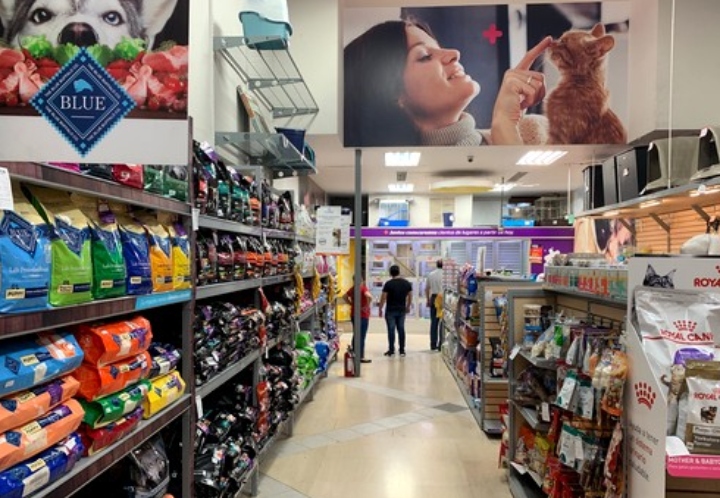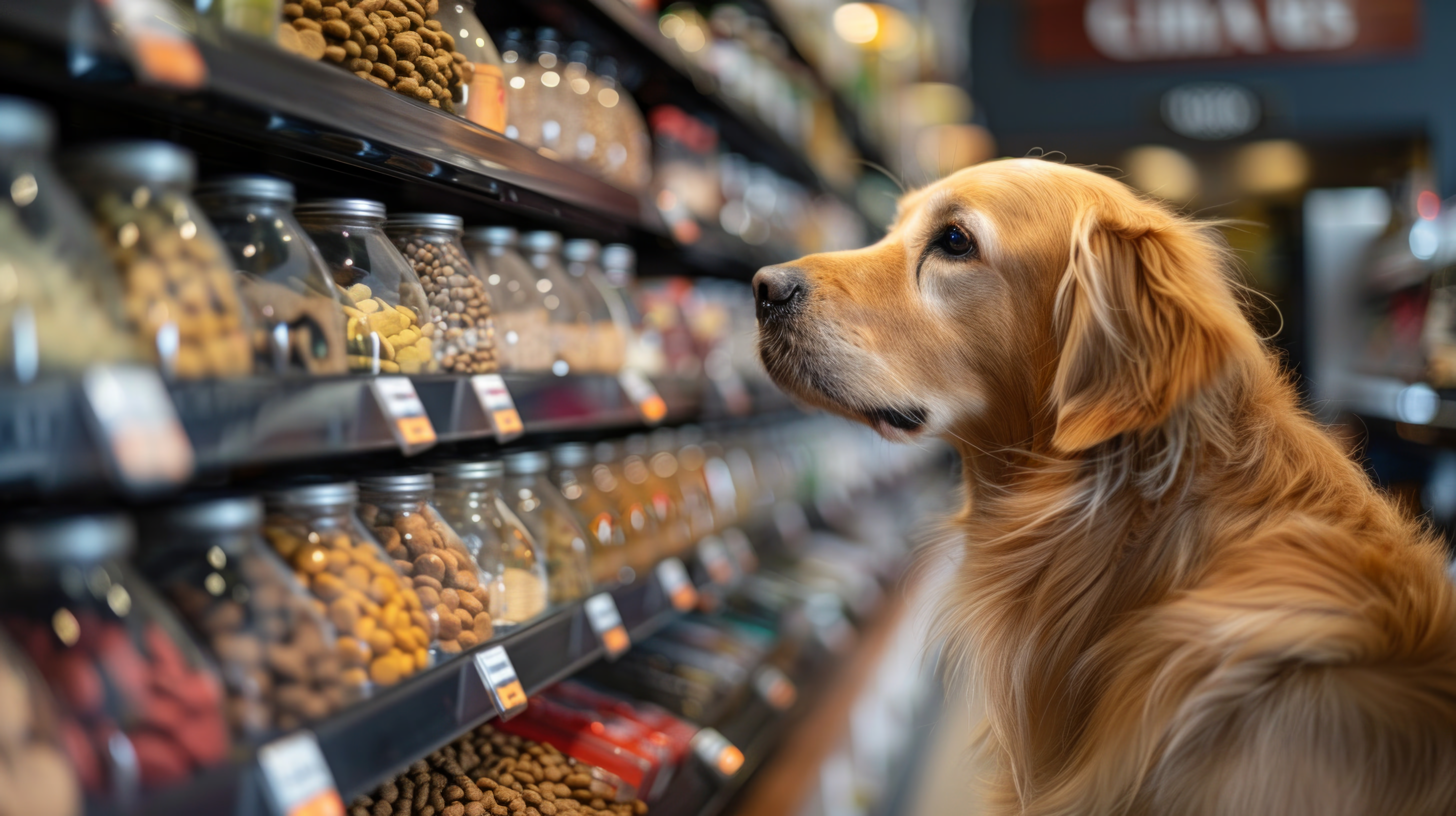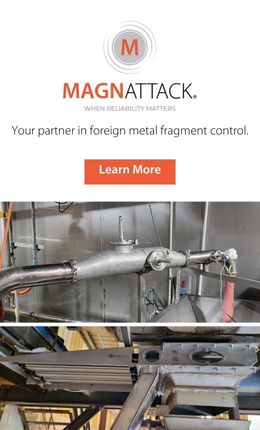Pet food sales in the US grew to $27 billion, up 4% from 2017, most of which is attributed to the growing influence of e-commerce driven by a demand for convenience from consumers and e-tailers' abilities to tap into the pet food market and deliver on those demands, according to Packaged Facts' 'Pet Food in the US, 14th Edition.'
E-commerce 'behemoths' such as Amazon and Chewy have helped to rapidly accelerate online sales, taking share away from brick-and-mortar stores.
'We at Packaged Facts estimate that 12 million households purchased pet products online in 2018, attracted by the competitive prices and the endless aisle appeal of Internet sellers, and this number will only increase in the coming years,' said David Sprinkle, research director for Packaged Facts. 'For pet food marketers, an omnichannel approach is therefore a necessity in a business whose consumer base will increasingly be doing some or all of its pet food shopping online.'
A continued push by online retailers, and manufacturers' efforts to drive online sales, will be one trend to watch going into 2019, but certainly not the only one.
Another major development forecasted by Packaged Facts is personalized pet food, ranging from meal-toppers and add-ins to in-store kitchen tests to home-delivered, made-to-order and homemade meals. This 'next generation of super premium pet food' has been experimented with by retailers and manufacturers and is expected to gain influence and sophistication in 2019.
'Customized, personalized pet foods embody a range of overlapping trends, taking advantage of the ease and convenience of online sales, the desire for top notch ingredients and clean label foods, and pet owners' desire to provide human-style variety to their pets,' said Sprinkle.
With many consumers paying more and more attention to food labels, it's no surprise that sourcing, sustainability and animal welfare is another trend predicted by Packaged Facts. Pet owners are increasingly looking for clean, transparent labels and ingredients sourced in an environmentally-friendly way. This trend also incorporates a push for ingredients, or the absence of ingredients, to cater to pets' specific health conditions, whether it be a functional food or one with a claim such as 'free-from.'
'Pet owners want safe, nutritious foods for their fur babies, and two opportunities tie in with this demand—ingredient sourcing and ingredient claims,' added Sprinkle.
Lastly, Packaged Facts sees the premiumization of cat food coming into play in 2019. No longer an afterthought, manufactures have the opportunity to build distinctive super premium cat food brands from the ground up as they have already done with dog foods. According to Packaged Facts, felines pose a vastly different set of dietary and health needs than canines, which provides manufacturers the chance to tap into a largely un-tapped market. This, paired with cat owner's willingness to pay more for higher-quality products, will pave the way for this trend to proliferate in the US pet food market in 2019.
by Pet Food Processing
You could be interested: Greenwashing in pet food: what it is and how to avoid it
































